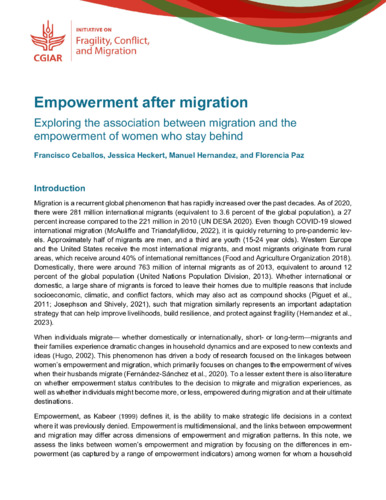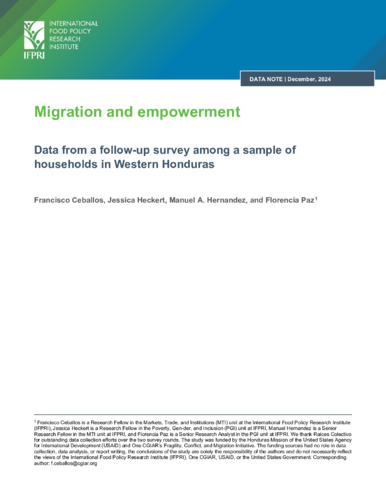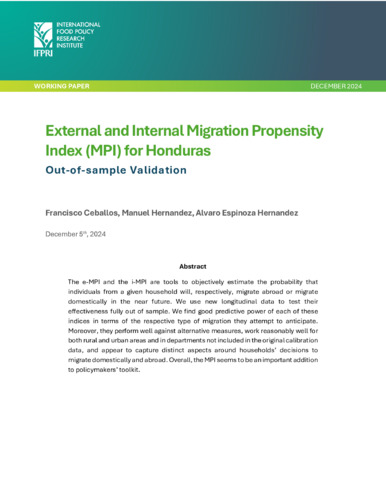International migration is a complex and multidimensional phenomenon determined by a wide set of factors, including push factors that encourage people to move out of their current location, and pull factors that attract people to move into a new location. It is estimated that around 265,000 people permanently emigrated from the Northern Triangle (El Salvador, Guatemala and Honduras) to the US in each of the past five years.
This project covers a wide set of studies that intend to characterize, monitor and better understand emigration patterns in rural Guatemala using different primary and secondary data sources. As a cross-cutting theme and outcome of interest for current and future USAID-Guatemala programs and interventions, special attention is placed on targeted vulnerable areas in the country with high poverty and malnutrition rates.
The project includes four main activities
The project includes four main activities:
- Context and targeting analysis to prioritize municipalities based on their level of emigration and potential for agricultural development, socioeconomic, accessibility and vulnerability characteristics.
- Analysis of migration drivers and trigger factors at the regional and household level, including the development of a Migration Propensity Index (MPI) to better measure and track the likelihood of emigration among households.
- Monitoring of direct and indirect migration indicators among targeted populations and prioritized areas.
- Assessing the correlation between participation in selected Feed the Future programs and emigration.












